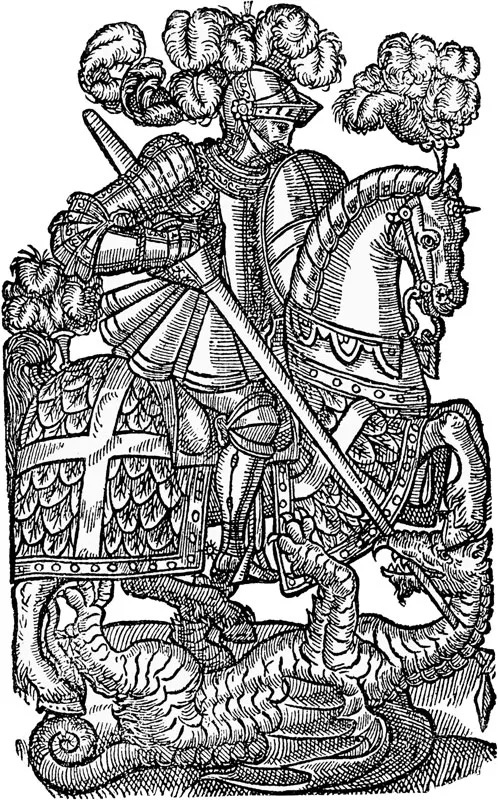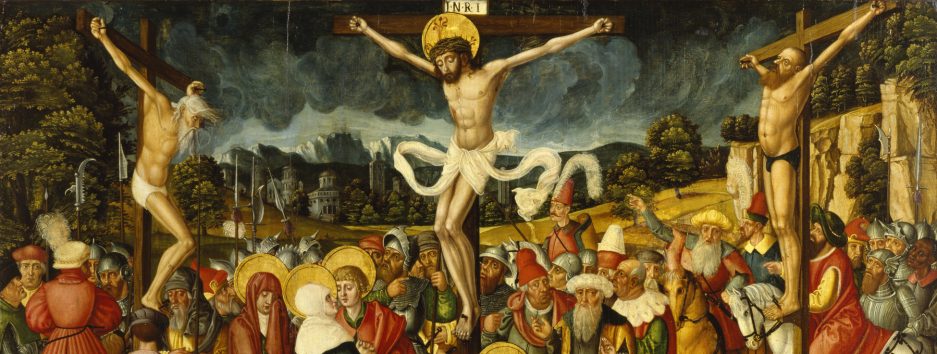
A Noble Attempt at Epic Poetry
Edmund Spenser’s The Faerie Queene is often hailed as a masterpiece of English literature, a colossal achievement in epic poetry. Yet, it is also a work that, like an overstuffed burrito, contains more than one can digest in a single sitting. Spenser’s ambitious narrative attempts to blend allegory, chivalric romance, and moral instruction in a manner that is, quite frankly, a bit like trying to juggle flaming swords while riding a unicycle. While undoubtedly a labour of love, The Faerie Queene is as much a testament to the pitfalls of literary excess as it is to Spenser’s poetic prowess.
The Plot: Or, a Maze Without a Map
The plot of The Faerie Queene is notoriously labyrinthine, a tangle of quests, sub-quests, and characters so numerous that even Spenser himself seems to lose track of them at times. Each of the twelve planned books (of which only six were completed) focuses on a particular virtue embodied by a knightly protagonist. These virtues include Holiness, Temperance, Chastity, Friendship, Justice, and Courtesy, all of which sound like the sort of traits you’d expect to find in a Renaissance dating profile.
Our adventure begins with the Redcrosse Knight, representing Holiness, who embarks on a quest to rescue the fair lady Una from the clutches of a dragon. Along the way, he battles monsters, witches, and his own crippling lack of self-esteem. As readers, we are treated to a smorgasbord of allegorical figures, each less subtle than the last, including Errour, the half-woman, half-serpent monster who vomits books and pamphlets (a not-so-subtle jab at Spenser’s literary rivals).

Characters: Heroes, Villains, and Walking Allegories
The characters in The Faerie Queene are as colourful as they are numerous. Spenser populates his epic with a veritable circus of knights, damsels, sorcerers, and anthropomorphic personifications of virtues and vices. Take, for example, Sir Guyon, the embodiment of Temperance, whose primary skill seems to be resisting the urge to drink himself into oblivion at every tavern he passes. Then there’s Britomart, the fierce female knight who symbolises Chastity, despite her conspicuous penchant for cross-dressing and swordplay.
One cannot discuss the characters without mentioning the villains, who are as over-the-top as a Shakespearean tragedy performed by Muppets. Archimago, the shape-shifting sorcerer, and Duessa, the duplicitous enchantress, provide the Redcrosse Knight with no end of trouble, their schemes as transparent as a politician’s promise.
Allegory: Heavy-Handed Symbolism with a Side of Puns
The allegory in The Faerie Queene is as subtle as a sledgehammer. Spenser’s use of personification and symbolic names would make even the most ardent fan of John Bunyan’s The Pilgrim’s Progress blush. Characters like Despair, who lives in a cave and offers weary knights a quick and fatal way out, or Ate, the embodiment of discord, who thrives on sowing chaos, are so on-the-nose that one wonders if Spenser had ever heard of subtext.
And let’s not forget the puns. Spenser revels in wordplay, sometimes to the point where one might suspect he was more interested in clever turns of phrase than in the coherence of his narrative. Take, for instance, the House of Pride, which sits precariously on a foundation of sand. It’s the sort of joke that would have killed at Renaissance open mic night, but in the context of an epic poem, it can feel a bit like a dad joke that has been taken too far.
The Poetry: Beautiful Verses, Bewildering Length
If there is one aspect of The Faerie Queene that redeems its more ridiculous elements, it is Spenser’s poetic skill. The Spenserian stanza, with its intricate rhyme scheme and lilting rhythm, showcases the poet’s talent for crafting beautiful and evocative verses. However, like an overzealous chef who can’t resist adding one more ingredient to the stew, Spenser’s verbosity often gets the better of him. The sheer length of the poem, combined with its dense and archaic language, makes it a formidable challenge for even the most dedicated reader.
A Noble Folly
In the end, The Faerie Queene stands as a testament to the grandiosity and excess of the Elizabethan age. It is a work of immense ambition, one that aims to educate and entertain, to exalt virtue and condemn vice, all while dazzling the reader with its poetic brilliance. Yet, for all its noble intentions, it is also a work that often succumbs to its own grandiosity, becoming a sprawling, convoluted epic that is as much a test of endurance as it is a celebration of chivalric ideals.
Perhaps the best way to approach The Faerie Queene is with a sense of humour and a healthy dose of skepticism. For in its pages, amid the tangle of quests and allegories, one can find moments of genuine beauty, wisdom, and yes, unintentional comedy. It is a work that invites both admiration and amusement, a true reflection of its creator’s boundless imagination and, at times, his equally boundless capacity for excess.
Images: Brittanica https://bit.ly/3VVj99n
